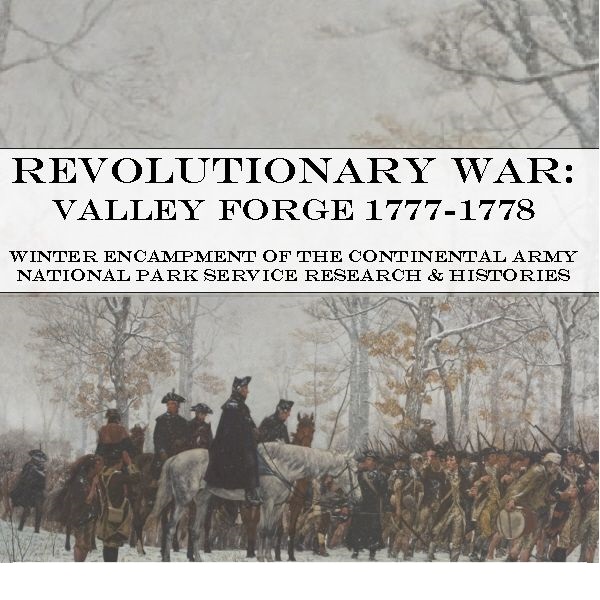
Description
Valley Forge Encampment: Winter of Hardship and Reform
Timeline of Events (Valley Forge Encampment 1777-1778)
- Late 1777: Following the British occupation of Philadelphia, the patriot capital, General George Washington makes the decision to have the Continental Army establish its winter encampment at Valley Forge, Pennsylvania. This location is approximately a day’s march from British-occupied Philadelphia.
- Winter of 1777-1778: The Continental Army under General Washington endures a difficult winter at Valley Forge. The source highlights logistical problems that disrupted the army, revealing its evolution into a more sophisticated but also more vulnerable force.
- Throughout the Winter:The Continental Army experiences significant privations and hardships during the encampment.
- General Washington writes letters to Congress, famously described as his “starve, dissolve, or disperse” letters, which underscore the dire situation of the army and the need for better maintenance and supplies. These letters shock Congress into recognizing the army’s needs.
- Congress cooperates with Washington to keep the army together at Valley Forge, avoiding the politically undesirable alternative of dispersing troops into interior Pennsylvania population centers.
- Baron Friedrich Wilhelm von Steuben arrives at Valley Forge and implements training programs for the Continental Army regiments. While significant, the source emphasizes that Valley Forge was not simply the “creation” of the army through this training alone.
- The Continental Army undergoes broader organizational reforms that are deemed more significant than the adoption of uniform European drilling techniques.
- The system of military discipline and justice within the Continental Army is actively in place and functioning during this ten-month period (August 1777 – June 1778), as indicated by one of the studies.
- End of the Encampment (implied): The source details the events and conditions during the winter encampment, indicating that by the spring of 1778, the Continental Army would eventually leave Valley Forge to continue the Revolutionary War. The source notes that many of the problems faced at Valley Forge would resurface in different forms later in the war.
Cast of Characters
- George Washington: The General of the Continental Army. He made the crucial decision to encamp at Valley Forge and led the army through the harsh winter. His leadership was instrumental in maintaining the cohesion of the disparate colonial militias. His letters to Congress were key in securing necessary support for the army.
- Continental Army Soldiers: The collective body of men who served in the American army during the Revolutionary War. The source highlights their diverse backgrounds (ages, statures, birthplaces, residences, occupations) and their endurance of significant privations and sacrifices during the Valley Forge winter. The Demographic Survey aims to create a dynamic portrait of these individuals.
- The Continental Congress: The governing body of the American colonies (and later the United States) during the Revolutionary War. They were responsible for supplying and maintaining the Continental Army. Washington’s dire reports from Valley Forge compelled Congress to take action and provide the necessary support to keep the army operational.
- Friedrich Wilhelm von Steuben (Baron von Steuben): A Prussian military officer who arrived at Valley Forge and is credited with implementing crucial training programs for the Continental Army. While the source notes his importance, it also clarifies that the transformation of the army was due to broader organizational reforms as well.
Revolutionary War: Valley Forge 1777-1778 Encampment National Park Service Research & Histories
4,773 pages of histories and reports related to the Valley Forge 1777-1778 winter encampment of the Continental Army under General George Washington, and its preservation, produced by the National Parks Service. Composed of studies, research reports, guides, handbooks, and other material.
The history and mythology of the Valley Forge winter encampment is fundamental to understanding America identity. Valley Forge is the location of the 1777-1778 winter encampment of the Continental Army under General George Washington. Here the Continental Army, a collection of disparate colonial militias, emerged under General Washington’s leadership as a cohesive and disciplined fighting force. In late 1777, while the British occupied the patriot capital of Philadelphia, Washington decided to have his troops winter at Valley Forge, a day’s march from Philadelphia.
Highlights from the 25 items in this collection include:
VALLEY FORGE HISTORICAL RESEARCH REPORT
A multi-volume 2,040-page historical study produced by the National Park Service.
Abstract:
Valley Forge, the site of the Continental Army’s 1777-1778 winter encampment, acquired in the nineteenth century a symbolic significance as an emblem of the patriotic endurance and sacrifice of American revolutionary soldiers. That symbolism has shaped and distorted interpretations of the episode by modern historians.
This study based on extensive unpublished documentation assembled by the National Park Service, presents a more complex portrait of this episode. The army fought effectively during the 1777 campaign. Indeed, its disruption by logistical problems itself shows the degree to which it had already evolved from a hardy collection of irregular units into a sophisticated but vulnerable army. Washington’s celebrated “starve, dissolve, or disperse” letters shocked Congress into recognizing this reality, and giving it the maintenance needed to operate reliably. Soldiers would not have willingly “starved,” and there is no evidence that the army came close to “dissolving.” “Dispersal” was contemplated and would have involved quartering troops in interior Pennsylvania population centers. Congress’s cooperation with Washington avoided this politically undesirable alternative, and kept the army at Valley Forge, where its members suffered real privations. Friedrich Steuben’s legendary training of the regiments had important effects, but Valley Forge was neither the site not the story of the providential deliverance of a mob, and/or the “creation” of an army. Broad organizational reforms were more significant than the adoption of uniform “European” drilling techniques. Few if any problems were resolved at Valley Forge that would not need to be confronted again, in other guises, later in the Revolution.
DEMOGRAPHIC SURVEY VALLEY FORGE 1777-1778
A 308-page study finished in 1982. From the report’s forward:
“In recent years historians have learned more about the men who served in the American army during the Revolution. Several excellent studies have investigated who the soldiers were at certain times and in certain places and have established some basic demographic facts about them: their ages, statures, physical descriptions, birthplaces, residences, and occupations… The present report is a first attempt at creating a dynamic portrait of service in the Revolution.”
The System Of Military Discipline And Justice In The Continental Army, August 1777 – June 1778
The purpose of this study is to examine the system of military discipline and justice in the Continental Army in some depth during a ten-month period about midway through the war.
Related products
-
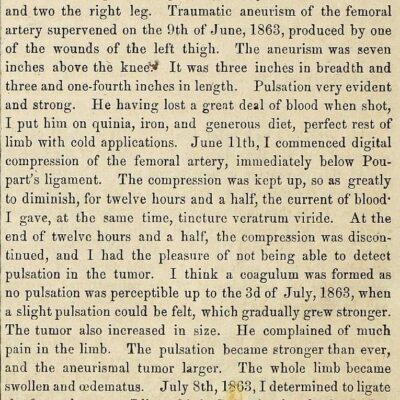
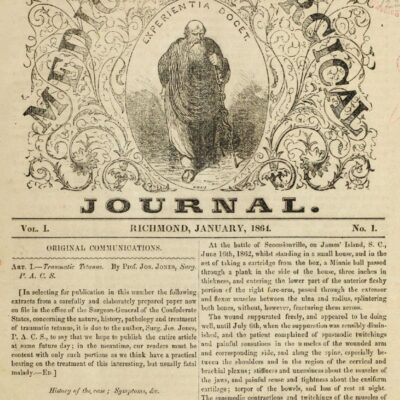
Civil War Confederate States Medical and Surgical Journal (1864 – 1865)
$19.50 Add to Cart -
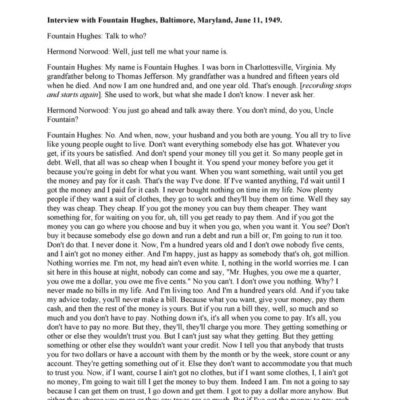
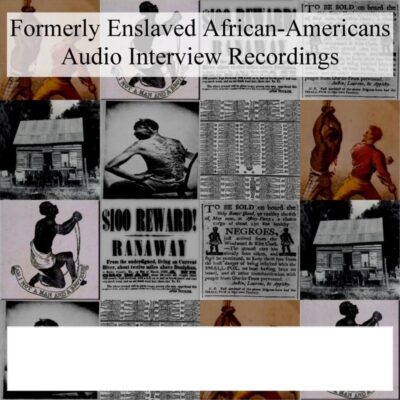
Audio Recordings of Formerly Enslaved African Americans
$19.50 Add to Cart -
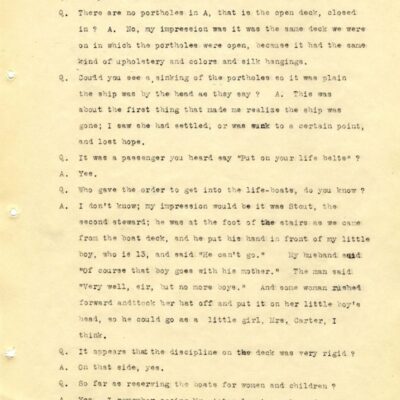
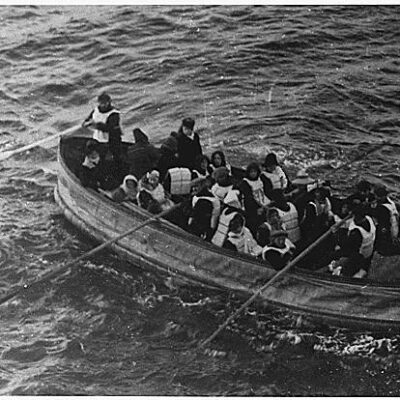
Titanic Disaster: White Star Line and Passenger Legal Documents
$19.90 Add to Cart -
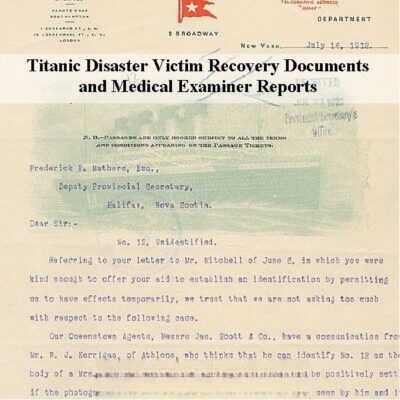
Titanic Disaster Victim Recovery and Medical Examiner Records
$19.50 Add to Cart